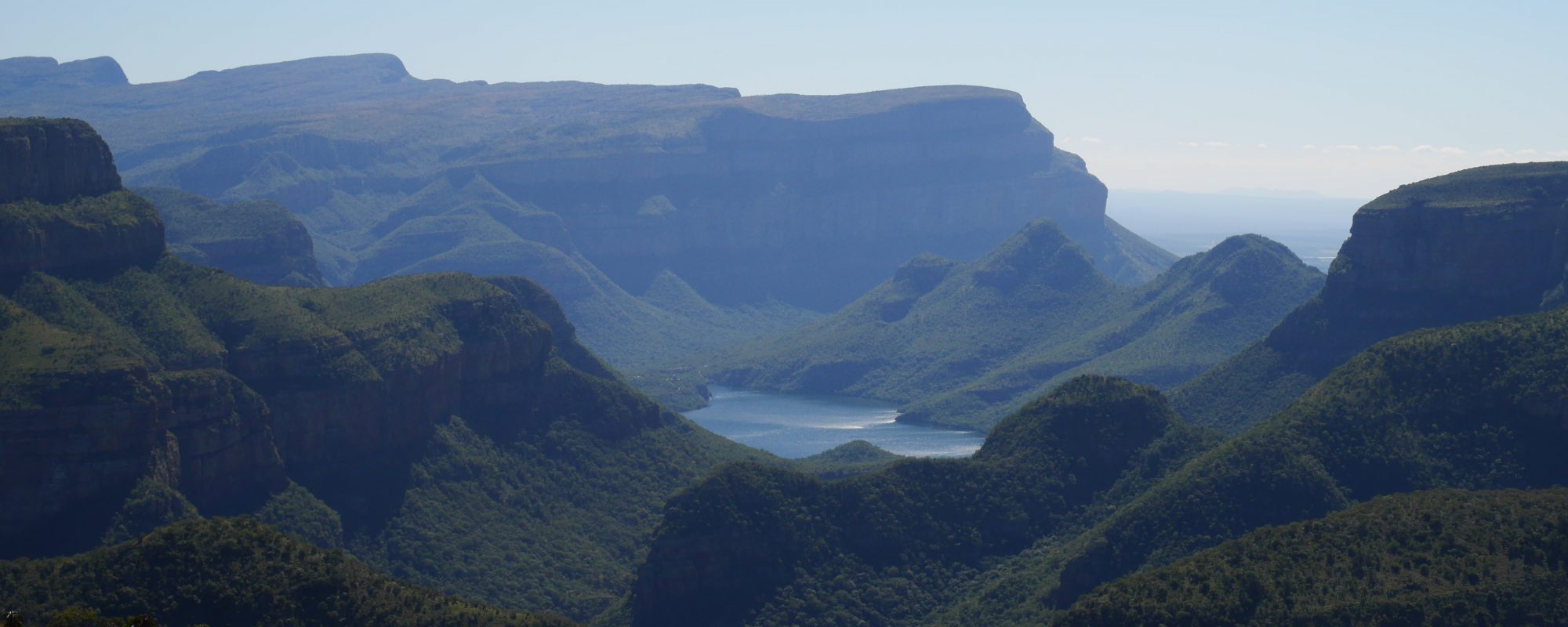The Cottentin peninsula with its rough but beautiful northern landscape is yet another (and maybe less crowded) great travel destination in France. Its coastal road offers breathtaking panoramic views and lots of amazing campervan spots.
read more
Roaming the picturesque Cottentin Peninsula: A 5 days campervan road trip in Normandy, France
The Cottentin peninsula with its rough but beautiful northern landscape is yet another (and maybe less crowded) great travel destination in France. Its coastal road offers breathtaking panoramic views and lots of amazing campervan spots.
Keep readingDay 1 – Merville Franceville and the Longue-sur-Mer Battery
We started our trip with a walk at the beautiful wide beach in Merville Franceville. The sun was shining and we enjoyed the fresh air after the long winter months in Belgium.
You can park the camper at an official camper van area just behind the dunes. It is quite small and you cannot see the beach but its great location makes it just perfect for a first stop.
From there, you can enjoy the beach or walk along the dunes until you reach the Plage de la Redoute beach and the beginning of the Orne estuary where several walking possibilities around the ornithological reserve of Gros Banc start. You’ll pass by a number of bunkers which give you a hint of what to expect over the next days as its military significance, especially during World War II is extremely present in the area.
You’ll also come across the ruins of the Redoute fortress, an old fortress which, during World War II, was integrated by the Germans to the so-called Atlantic Wall, a series of coastal fortifications constructed by the German forces. It was also the location of the Battle of Merville which took place on 6 June 1944, the famous D-Day, when the Allies arrived on the beaches of Normandy to liberate France from the German Nazie occupation
After a long and beautiful walk, we continued our road with the camper and crossed the famous Pegasus Bridge, a bascule bridge which has become a war memorial. On 6 June 1944 (D-Day) British airborne troops launched a glider assault to capture the bridge. This successful operation had a significant negative impact on the German counter-attack. You can not only have a glimpse at this historical site but also visit the Pegasus Memorial Museum.
From there, we continued our way to the Longue-sur-Mer-Battery where we spent the evening and the night. Take a walk down to the sea to enjoy a beautiful sunset.
Day 2 – Historical encounters at utah beach
The second day‘s theme was all about D-Day. After visiting the bunkers at the Longue-sur-Mer Battery, we continued our road to the famous Utah Beach.
On our way, we did a quick stop at Sainte-Mère-Èglise where an American paratrooper got stuck on the top of the church and had to play dead in order to survive. The story is known thanks to movies and other documentaries and the church is decorated with a dummy paratrooper to remember its historical significance. Just next to the village, the Airborne museum retraces the events of the D-Day.
Just before arriving at Utah beach, we stopped at the place where 2 months after D-Day the French Army started their liberation road all the way to Strasbourg. Still today you can find bornes all over the country that indicate the road that was used for the liberation of the country in 1944.
At Utah beach, several signs tell the story of this historical landing site. It is the place where the first American soldiers arrived on the coastline of Normandy. The Utah Beach Museum also retraces the happenings of D-Day in a chronological order.
We spent the night a few kilometres from there next to the road enjoying an incredible seaview and a private access to the beach.
Day 3 From St-Vaast la Hogue to Phare de Gatteville
Walk around the Fort of the Hogue
This beautiful fort was built after a dramatic naval battle between France and England in the 18th century when the French where outnumbered and had to get back to this place for rescue. They learned from their experience of having their boats destroyed by the enemy and built the fort which can still be visited today.
You can park your camper just in front of the fort and start the walk by turning to the right to follow the signs of the visit. As you approach the fort, you’ll be awed by its imposing stone walls and bastions rising against the horizon.
St. Vaast-la-Hogue
While being in the area, you should also visit the city center of St. Vast la Hogue, elected most beautiful village in France in 2019. Wander around the cobbled streets with its cafés, its charming boutiques and restaurants.
From St. Vaast-la-Hogue you can also visit Tatihou Island, located just off the coast and accessible by a unique amphibious vessel called “Véhicule Amphibie”. The island, with its untouched marshlands and its maritime museum, is a haven for nature lovers and history enthusiasts alike.
Bafleur
This beautiful small fisher village is a hidden gem and definitely worth a stop. Its history is deeply intertwined with its maritime heritage. Go for a walk at its beautiful harbour where fishermen are at work on their colourful boats.

Phare de Gatteville
Another beautiful stop on the road: The Lighthouse of Gatteville with its 75m is the third tallest lighthouse in Europe built before 1900. It was built in 1835 and is still actively used today.
On site, you can easily park your campervan along the road and walk around the lighthouse and along the nearby beaches.
There are many amazing campervan spots in the area which seem to be tolerated. Just be aware that those spots can be quite windy. When we travelled the area during the winter months, we preferred to chose a more wind protected parking area in order to spend a quiet night.
Day 4 – Majestic cliffs and panoramic views
Cap Levi
We started the day with a stop at Cap Levi and its breathtaking view of the English Channel. Cap Levi is known for its stunning lighthouse dating back to the 19th century.
Pointe de la Hague
From there, we drove to Pointe de la Hague and its panoramic view from the cliff’s edge which is offering a glimpse of the beauty of the coast. The lighthouse, Phare de Goury, with its typical red and white stripes contrasts vividly with the blue of the sea.
Nez de Jobourg
We then continued our journey to Nez de Jobourg, known as the highest cliff in continental Europe. The cliffs stand majestically at over 107 meters above the sea level, commanding a sense of respect.

Dunes de Biville
We ended our day at the Dunes de Biville. After climbing up the dunes the beautiful nature offers a spectacular view on the wide beach and the sea. It is a very common place to surf and you will see lots of fearless surfers jumping in the cold water in order to ride the perfect wave. After enjoying a wonderful evening on top of the dunes, we spent the night on the huge parking lot just behind the dunes.
Day 5 – UNESCO World Heritage at Mont Saint Michel
On our last day, we did not want to leave Normandy without visiting one of the most famous places of the region. We therefore decided to take the road all the way to the Mont Saint Michel.
We spent the night on the official visitor’s parking area which has an area for campervans. A 24h stay costs 18,70 € and it was a comfortable way to visit the famous UNESCO World Heritage.

From the parking area you can either walk (around 40-50 minutes), take your bike or take the free shuttle bus which takes 12 minutes.
We decided to take our bikes enjoying the beautiful view all the way to the village. We left our bikes in front of the entrance and continued walking and climbing up the little authentic streets.
A road-trip across the Cottentin pensinsula in Normandy is an opportunity to immerse yourself in a rich tapestry of history and natural beauty. If you are looking for picturesque landscapes, tranquil beaches and, at the same time, a place with historic importance, the Cottentin peninsula is your perfect destination.
* * *
read more
Winter in Brittany: 5 epic days of vanlife in Finistère
Brittany, or Bretagne as the French call it, is the most Western Region of France. During 5 days we visited the Finistère part of the Region which, in the local language Breton, translates into “End of the World”. And when spending a night all alone in a campervan on the top of the cliffs, this…
Keep reading


